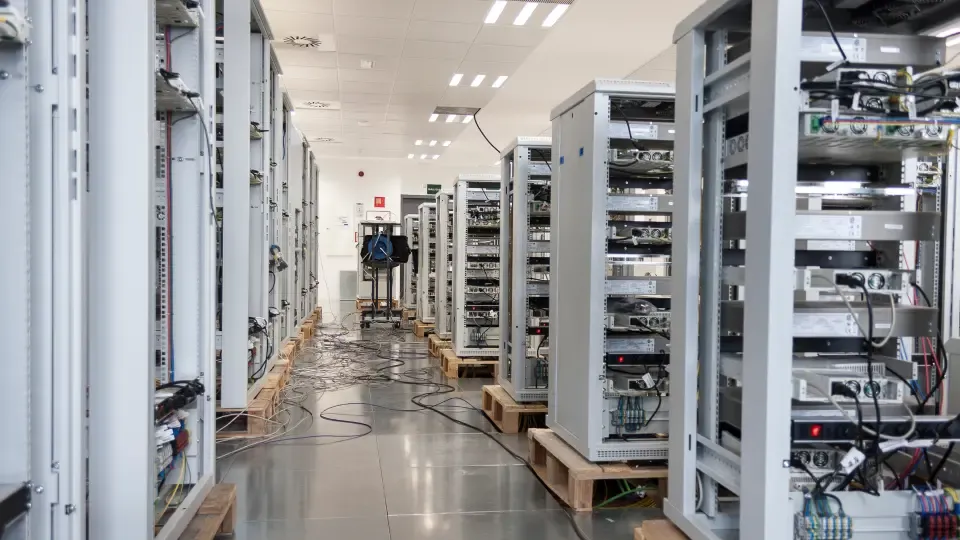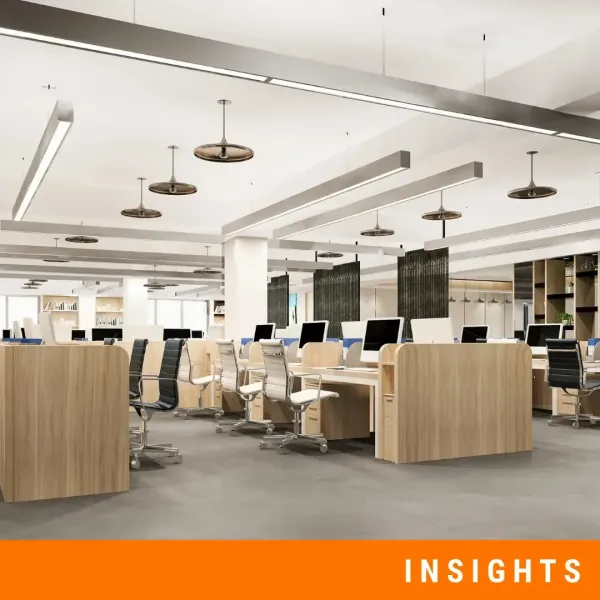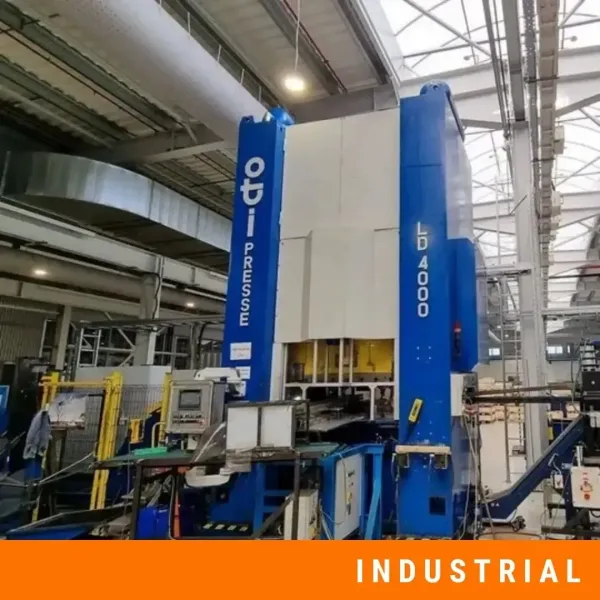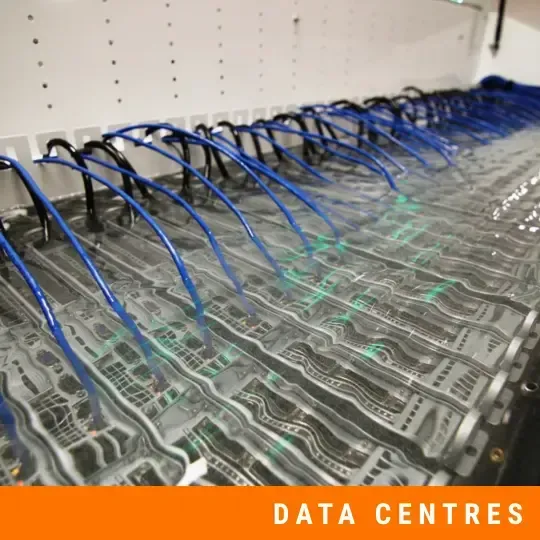The Impact of Acoustic Design on Data Center Efficiency
Modern data centres are high-density and definitely high-performance environments. Every system, from the smallest fan to the largest chiller, contributes to a carefully balanced ecosystem. These systems are designed for uptime, speed, and reliability, but there is one factor that often gets overlooked in this equation, and it is sound.
Noise in data centres can compromise both employees' focus and the performance of the machines. Poor acoustic conditions introduce hidden inefficiencies that add up over time from elevated stress levels among technicians to long-term wear on sensitive equipment.
Sources of Noise in Data Centres
In order to reduce noise, we first need to understand where it comes from. Data centres are filled with equipment, cooling infrastructures, and backup systems. All of these machines generate continuous sound and vibration throughout facilities. This noise may seem harmless at first, but when left unaddressed, it builds up over time and can cause both operational and health-related issues.
Server Racks and Cooling Systems
Server fans are one of the most consistent noise sources in data centres. Under full load, they typically operate between 60 and 75 dB, which is comparable to the noise level of a busy office or street, based on data from NIST.
Cooling infrastructure also plays an important role. Units such as CRAC (Computer Room Air Conditioning), chillers, and ventilation systems generate low-frequency hums and vibrations that travel through walls, ceilings, and floors. These sounds are harder to detect but can be more difficult to control and isolate.
Power Supply Systems
Uninterruptible power supplies (UPS), power distribution units, and backup generators are all necessary for operational security, but indeed, they add to the acoustic load. Generators on their own can already reach noise levels over 80 dB when operating.

Consequences of Poor Acoustic Design
Unchecked noise in data centres leads to more than discomfort, and over time, it introduces risks to both employees' performance and even the equipment's lifespan. Without proper acoustic treatment, facilities may encounter operational costs, more frequent maintenance, and health and safety concerns.
Reduced Worker Productivity and Increased Health Risk
Data centre technicians often work long shifts near servers and mechanical systems. Prolonged exposure to high noise levels, especially anything above 70 dB, has reduced cognitive performance and increased stress (World Health Organisation, 2018).
Once the noise levels exceed 85 dB, OSHA requires hearing protection to reduce the risk of long-term damage (OSHA, 2023). In reality, this means that personnel may need to work with ear protection even during routine tasks, which slows down response times and affects team communication.
Mechanical Failures and Maintenance Costs
Structural vibrations caused by cooling fans, motors, or generators can gradually loosen connections, degrade components, and lead to early system failures. According to the Uptime Institute, vibration-related issues are responsible for up to 50% of unexpected outages in critical environments (Uptime Institute, 2021). In many cases, these failures could have been prevented with targeted acoustic treatment and anti-vibration isolation systems.

Acoustic Solutions that Improve Data Centre Efficiency
Acoustic problems in data centres are solvable, of course, with the right tools and design. Effective soundproofing and anti-vibration strategies protect sensitive systems, reduce risk, and lower long-term operational costs.
Acoustic Treatment for Equipment Rooms
The first step is lowering reverberation and echo in high-noise zones. Sound waves bouncing off hard surfaces, walls, ceilings, and floors create an uncontrolled acoustic environment.
Installing wall-mounted acoustic panels can reduce reflected noise and make it easier to identify odd sounds from equipment. DECIBEL’s mesh panels, for example, are engineered to absorb mid- and high-frequency noise, making them great for server rooms and monitoring areas.
Anti-Vibration and Structural Noise Control
Sound travels through both air and structures. Vibrations from heavy equipment such as chillers or generators can transfer into walls, floors, and ceilings.
SMR spring mounts and anti-vibration pads isolate this equipment from the building structure, helping reduce noise transmission and mechanical stress. These systems are effective under HVAC units, power supplies, and large server racks.

Zoned Soundproofing Strategies
Not all spaces in a data centre need the same level of acoustic control. That’s why zoning is essential.
- Noisy mechanical zones should be physically separated from quieter areas using insulated partitions or acoustic doors.
- Monitoring and admin areas benefit from targeted soundproofing around entrances, server rack fronts, and ceiling panels.
- HVAC ducts must be sealed with acoustic-grade gaskets or flanges to prevent leak-through.
Together, all of these solutions form a layered approach that adapts to the specific noise profile of each facility.
Compliance and Standards for Acoustic Control in Data Centres
Acoustic control is part of legal and safety compliance. Noise regulations exist to protect workers, equipment, and even neighbouring facilities. Ignoring them can lead to penalties, downtime, or reputational damage to the company.
Key Standards and Guidelines
- OSHA (Occupational Safety and Health Administration) mandates that workers exposed to average noise levels above 85 dB over an 8-hour shift must be provided with hearing protection and a formal hearing conservation program (OSHA, 2023).
- ASHRAE guidelines for mission-critical facilities recommend that noise levels in IT environments remain below 65 dB to support employee concentration and monitoring accuracy.
- The European Noise Directive (2003/10/EC) also highlights limits for workplace noise exposure, especially in environments with prolonged low-frequency sounds.
Designing for Compliance
Meeting these standards requires acoustic planning from the start, and that includes:
- Predictive acoustic modelling before equipment is installed
- Selecting low-noise fans, mounts, and dampers
- Retrofitting older facilities with absorption panels and structural isolation systems
Compliance reduces long-term liability and contributes to more stable operations.

Efficiency, Safety, and Future Scalability
As facilities grow more complex and bigger, the risks of unaddressed noise grow at the same time. Underdeveloped acoustics lead to employee errors, mechanical failures, and compliance issues. However, with proper planning and the right solutions, these risks can be lowered or even eliminated entirely.
If you’re planning a new data centre or looking to upgrade an existing facility, DECIBEL’s experts can help you design custom acoustic and anti-vibration solutions that match your operational needs and regulatory requirements.
Contact DECIBEL to make sure your facility is not only high-performing but also acoustically future-proof.



